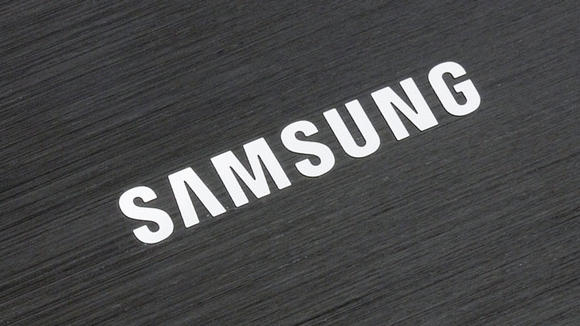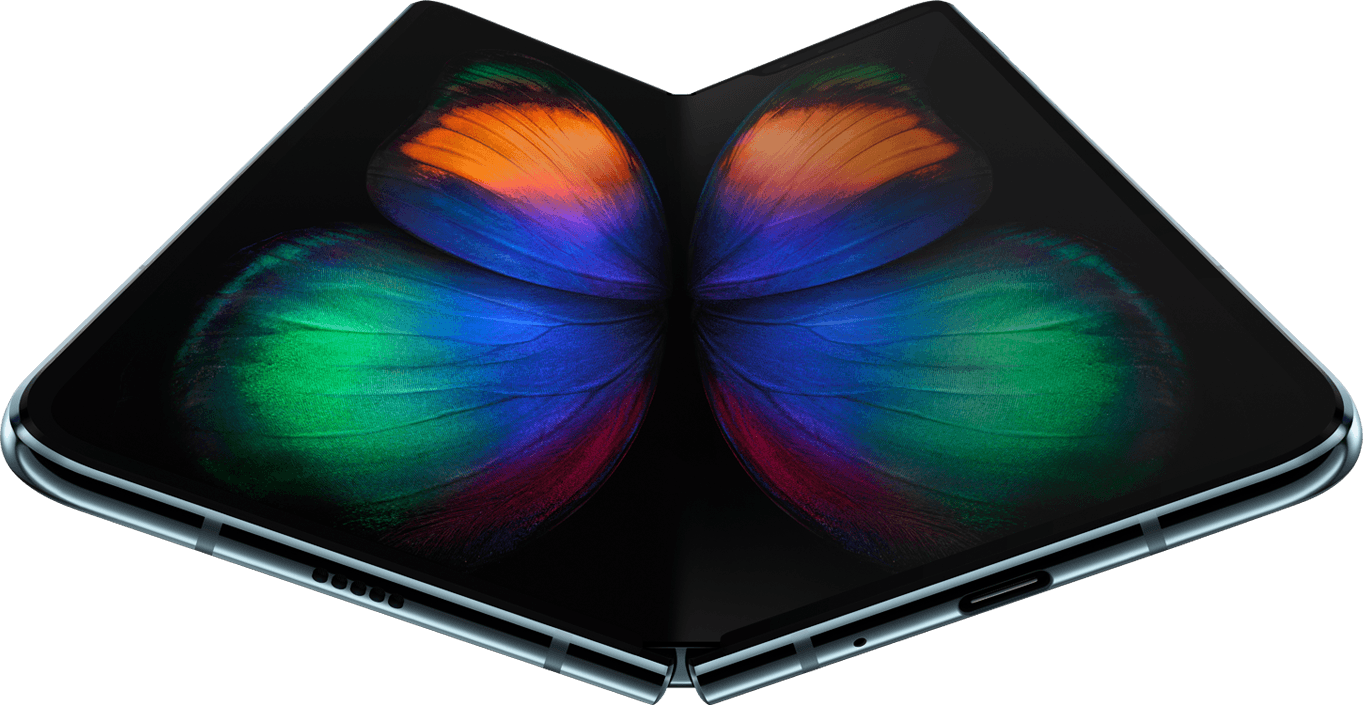Samsung Tablet At Centre Of Wi-Fi Antenna Reports

Reported antennagate problem sees Samsung’s new Galaxy Tab S5e losing Wi-Fi connections
Samsung Electronics could be at the centre of an ‘antennagate’ issue after media reports suggested that its new Galaxy Tab S5e suffers from Wi-Fi disconnections when held in a particular way.
SamMobile has reported that the design flaw disconnects Wi-Fi access when the lower-left corner of the device (in landscape mode) is covered with a human hand.
Samsung of course is already in the middle of dealing with screen issues to do with its folding tablet-smartphone hybrid, the Galaxy Fold, after early reviewers reported faults with the folding display.

Antenna Issue?
The Galaxy Tab S5e tablet was announced in February this year, but according to SamMobile a human hand block the Wi-Fi signal from reaching the integrated receiver.
This causes the tablet to lose Wi-Fi connectivity when held in landscape mode.
It is assumed that Samsung has located the Wi-Fi receiver in the bottom left of the 10.5-inch tablet.
It says the only workaround is to hold the device the other way around while using it in a horizontal orientation, with the front-facing camera directed to the right rather than the left. That will apparently position the Wi-Fi receiver at the top of the slate to the right, where it won’t be blocked by a hand.
However SamMobile said that when held in the Wi-Fi blocking manner, the tablet doesn’t always result in a complete drop in signal.
It noticed a 50 percent dip in strength. And it warned that this was still enough of a drop to affect performance while streaming a movie for example.
Others have noticed the issue as well.
“Confirmed,” wrote Galaxy Tab S5e owner David Waner in an Instagram caption. “Second S5e tablet same problem. As soon as my hand covers that corner the wifi drops out. Tablet has a major design flaw.”
Apple iPhone 4
The case does bear remarkable similarity to a problem that Apple experienced in 2010, when it was rocked by an antennagate problem with the iPhone 4.
Apple admitted it had a problem with the iPhone 4 in July 2010, but it blamed it a software issue and not the fact that the antenna was located on the outer edge of the device.
The so-called “iPhone Death Grip” happened when users hold the device in the left hand with their palm covering the lower left part of the stainless steel band that houses some of its antennas. They can either lose signal altogether, or experience a much weaker signal strength. The problem was demonstrated in this YouTube video.
Apple later released a bumper case to help resolve the problem.
Quiz: Think you know all about Samsung?